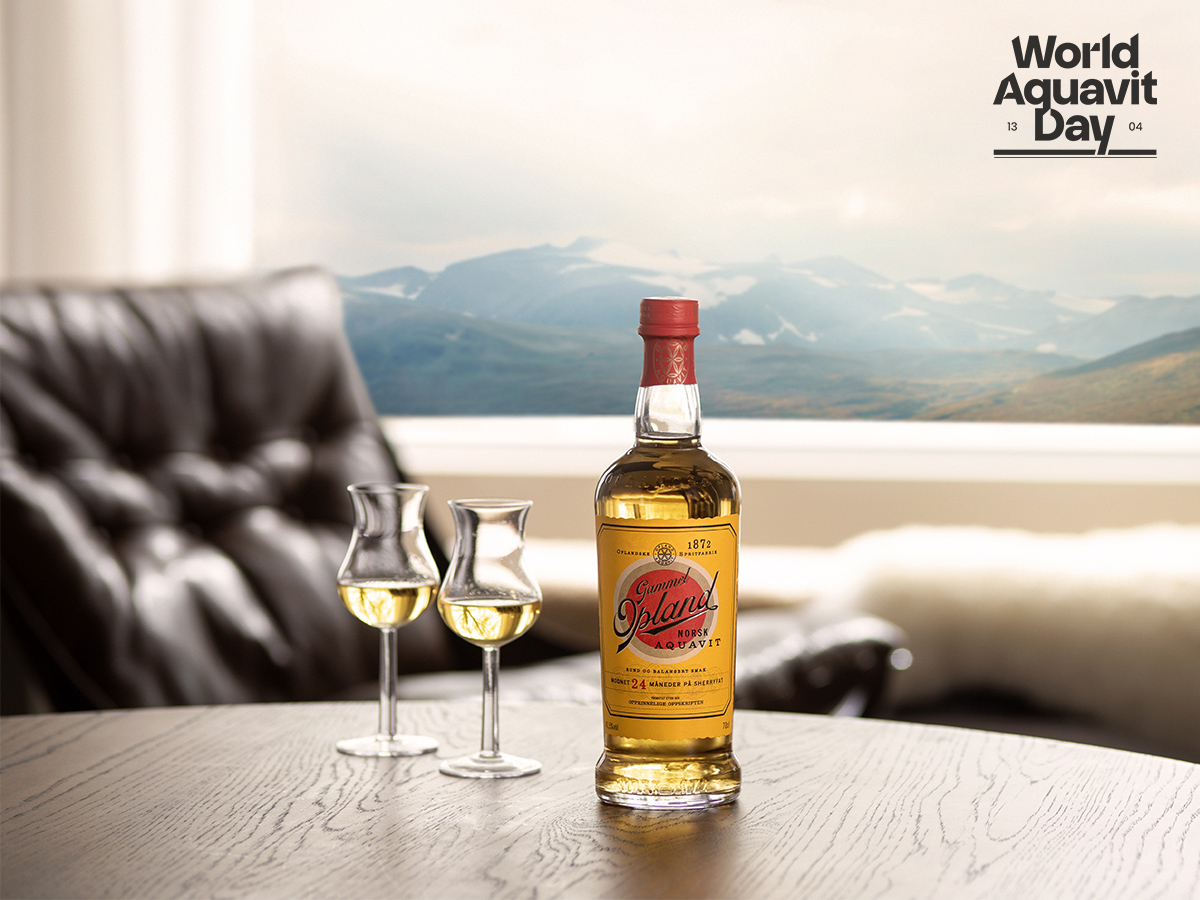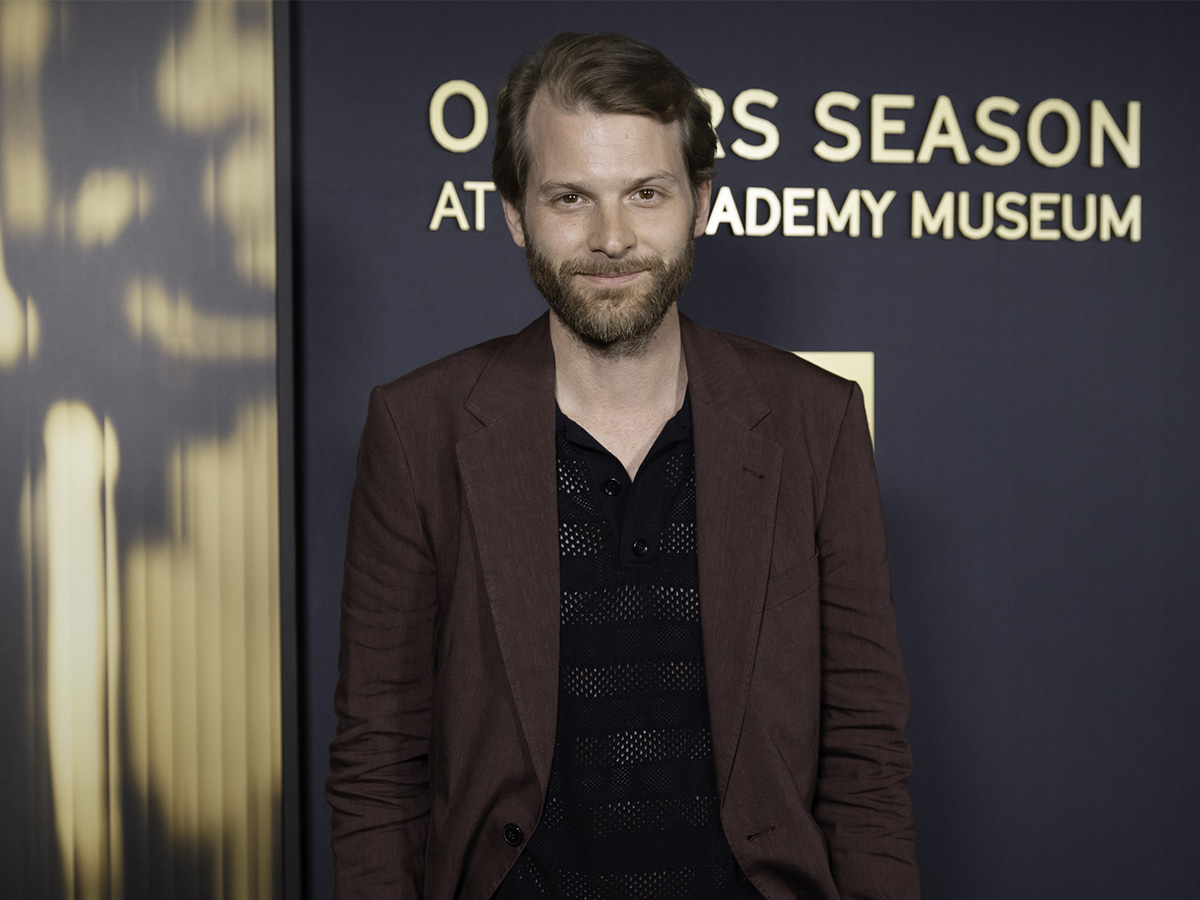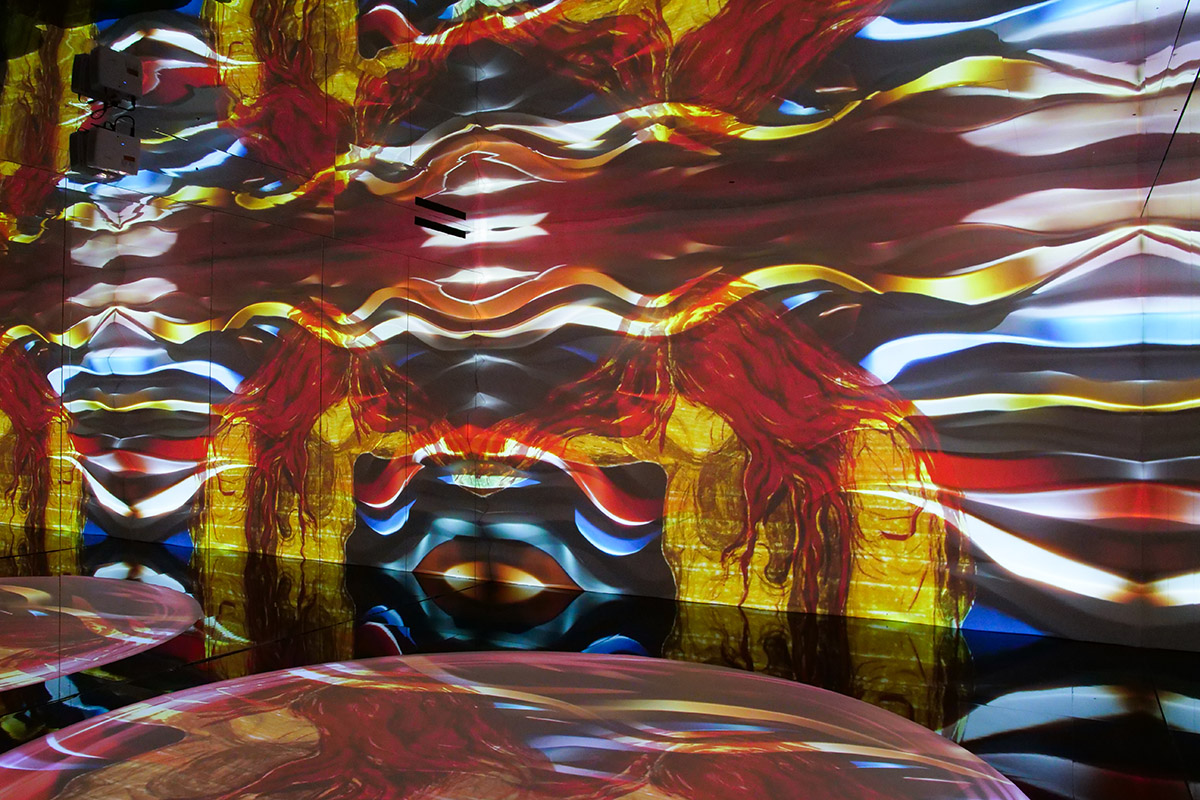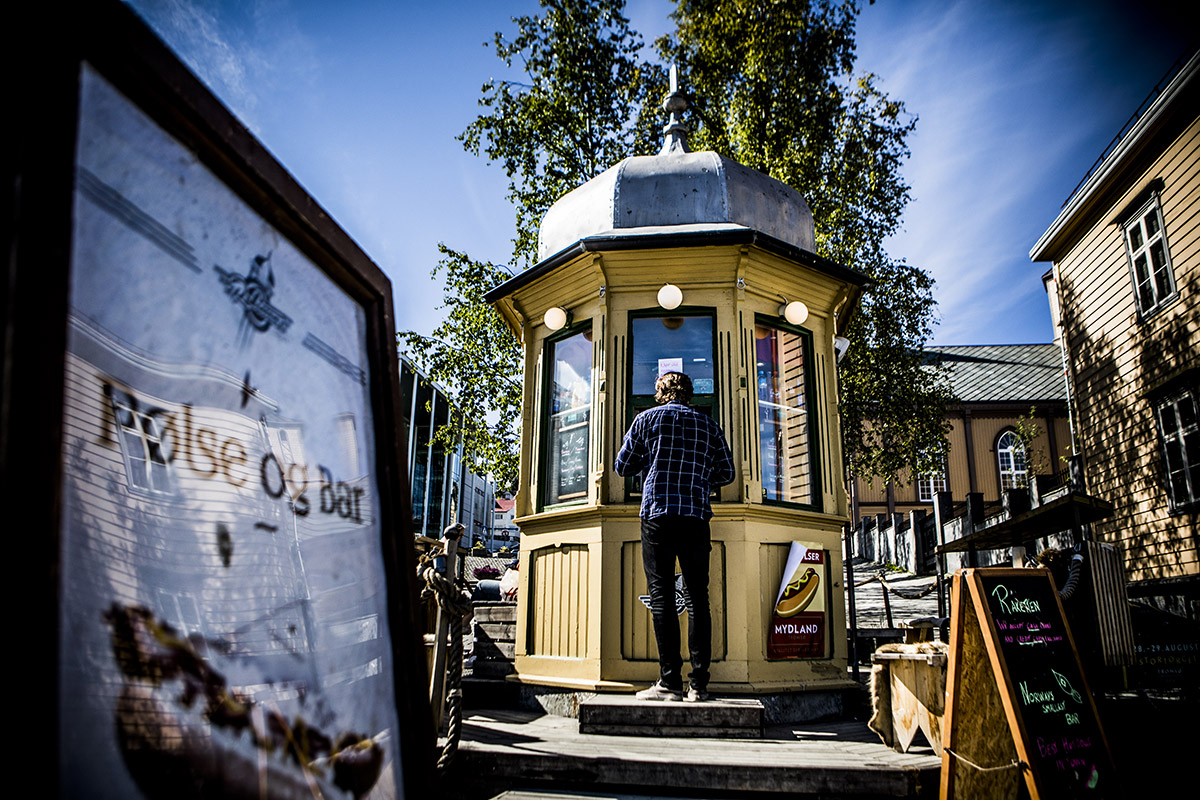How the new Danish climate crisis blockbuster TV series came to be
By Anders Lorenzen
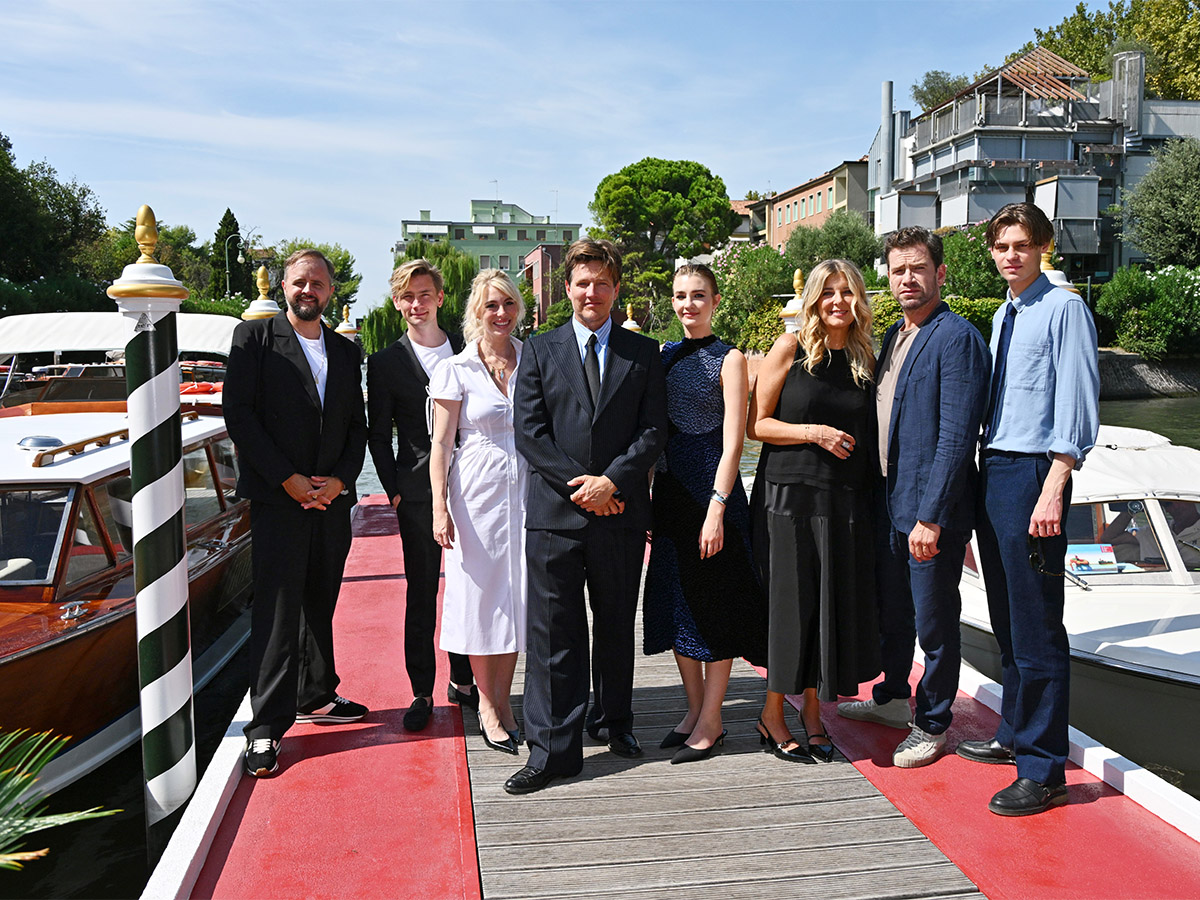
Familier som Vores premiered at the 2024 Venice Film Festival in August. Photo: IPA Agency © STUDIOCANAL/ Zentropa/TV 2
On 20 October, one of the biggest-ever Danish TV productions, the much-anticipated Familier som Vores, premieres in Denmark. We dive behind the scenes of the production and find out how it developed from the spark of an idea into filming reality and eventually opening in Venice.
In Familier som Vores (Families Like Ours), the premise of the plot centres around a not-too-distant future where Denmark is facing an impending climate disaster as a result of rising sea levels, which eventually forces the government to decide that Denmark is no longer liveable and must be evacuated. This causes ethical dilemmas such as wealth and influence in deciding where people can migrate to, even in a wealthy country like Denmark.
As the population prepares to leave their homes, high school student Laura must choose between her divorced parents and the boy she has fallen in love with. Familier som Vores is very much a love story, both to the country and to each other, and the seven-episode blockbuster series explores what it means to say goodbye.
Produced by Danish company Zentropa, the TV series is extraordinary for several reasons. First, the scale is at a level rarely seen for a Danish production and the most expensive undertaken by Zentropa so far. Filming started in August 2022 and spanned over 12 months. In addition to a star-studded Danish cast, including Amaryllis August as Laura and Albert Rudbeck Lindhardt as Elias, 40 international actors and 2,500 extras participated.
The series was filmed in Denmark, Sweden, Czech Republic. France and Romania – with over 100 hours of footage which has been edited down to seven episodes with a total duration of around six hours.
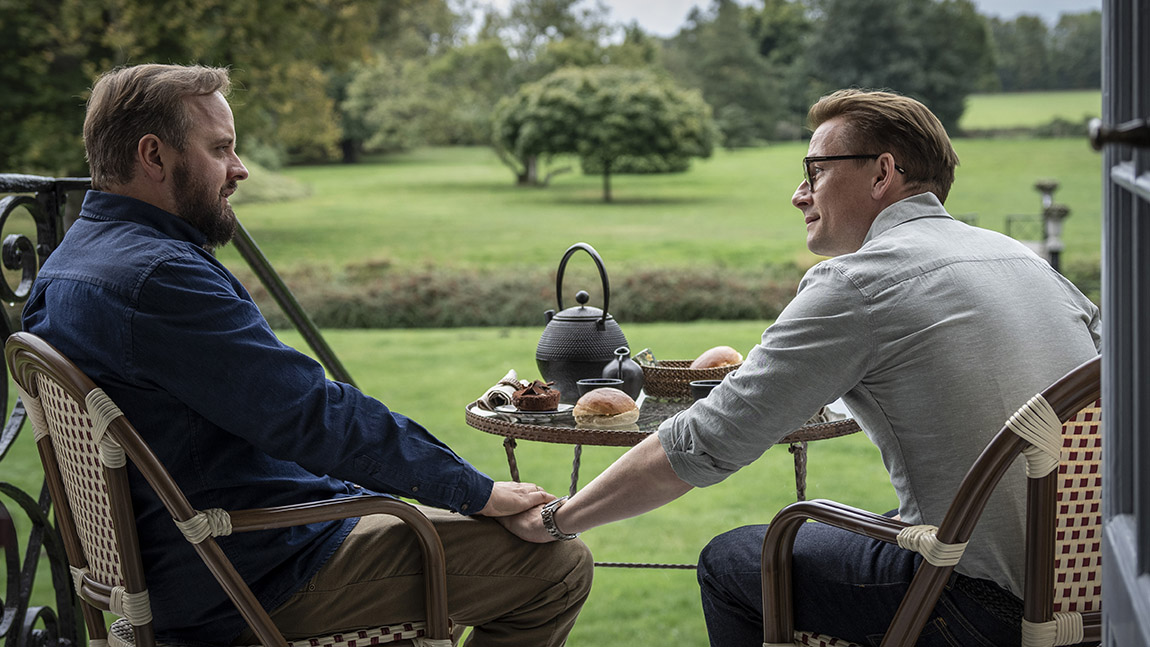
Familier som Vores is a love story, both to the country and to each other. Photo: Per Arnesen, Zentropa TV 2
From concept to reality
This is director Thomas Vinterberg’s first TV series. Vinterberg had his breakthrough in 1998 with the film Festen (The Celebration), which made him one of the most promising up-and-coming Danish directors. Recently, he received global accolades and recognition for his 2020 film Druk (Another Round), which won an Academy Award in 2021 for Best International Feature Film, as well as a nomination for Best Achievement in the category Directing.
Vinterberg first came up with the concept for Familier som Vores in 2017. During an assignment abroad, the filmmaker was bored and stuck in a hotel room in Paris. Missing his daughters, his thoughts went to his children’s perception of the world and he found inspiration in their future responsibility for the planet.
His starting point for the TV series; was what would happen to his family if Denmark needed to be evacuated. He imagined possibly getting a job in Paris or London, making films, but that his ex-wife might settle somewhere else. What would that mean for his access to his children? And another political and topical dilemma that we see in times of war, conflict and natural disaster; if there was limited space, who would get access to the lifeboat and how would such a decision be made?
These ethical dilemmas became the focus of the series as it developed from idea to concept. Together with his co-writer, Bo Hr. Hansen, Vinterberg started working on what would eventually end up as the final script. In total, the series took four years from idea to realisation.
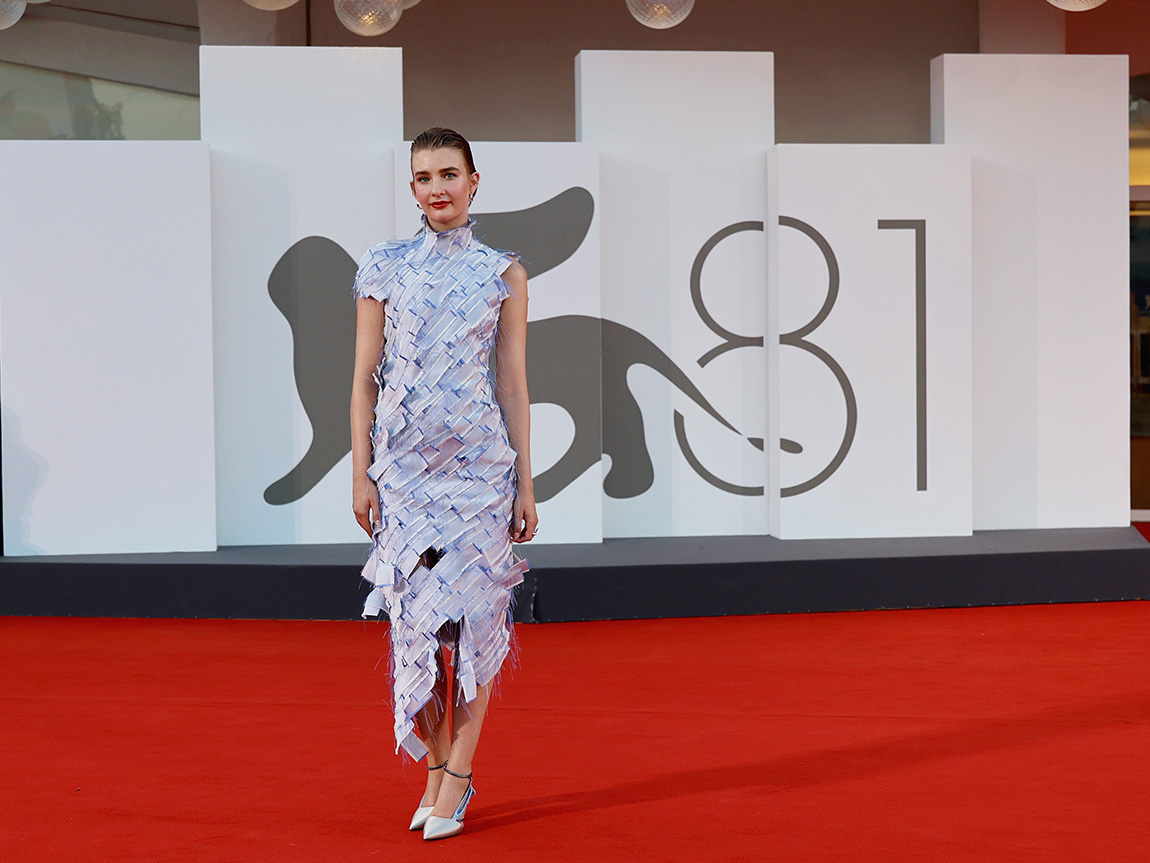
Amaryllis August at the premiere in Venice. Photo: IPA Agency © STUDIOCANAL/ Zentropa/TV 2
How to research a climate disaster film?
Early on in the process Vinterberg, together with his co-writer and producers, made the decision not to focus on the actual flooding and the impending disaster. Instead, he wanted to illustrate how the pragmatic Danes would prepare for such a catastrophe and the toll it would take on them. “What you don’t see is more scary than what you see,” he says in an interview with Reuters.
To research the film, Vinterberg’s team consulted climate experts and reached out to the Danish Ministry of Foreign Affairs for advice on how to convincingly portray a mass evacuation. They were advised that a likely, realistic scenario would be corridors through Europe, with streams of refugees, transport, and so on.
“What we tried to do is imagine, as realistically as possible, what would happen in our country – that’s how it became this catastrophe in slow motion,” the award-winning director explains to Reuters. He holds a strong conviction and confidence in Denmark’s ability to handle this scenario with sensible planning, and that the Danes would start to move out of the country well before the water swept in.
Unrelated to the film, in 2023 the Danish government urged its population to take part in a pilot project where individuals would prepare for a disaster by stocking up on food and other supplies. This was motivated by the overarching Scandinavian concern about Russia’s invasion of Ukraine and what would happen if they advanced further into Eastern Europe and Scandinavia (both Norway and Finland share country borders with Russia).
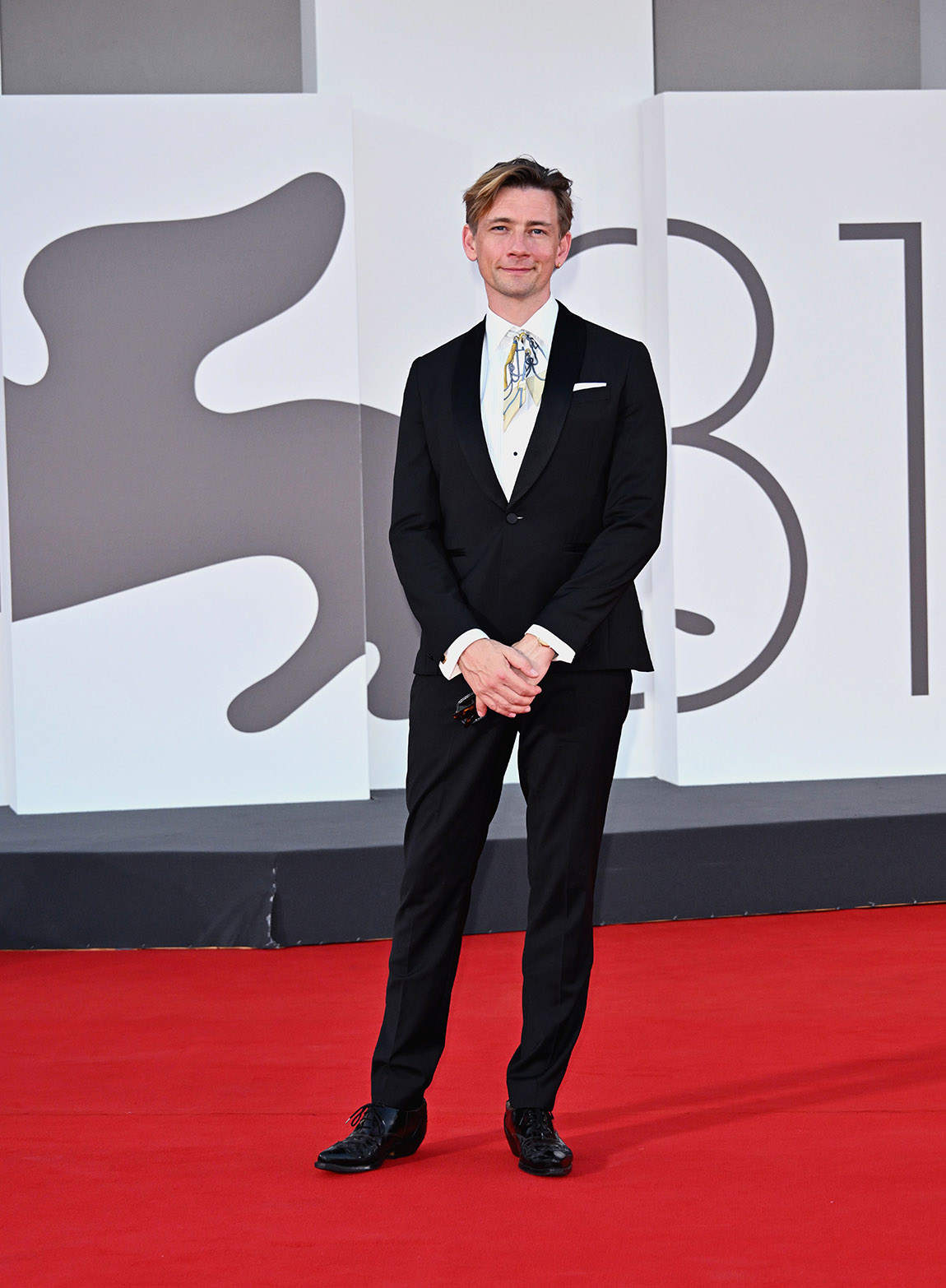
Albert Rudbeck Lindhardt at the premiere in Venice. Photo: IPA Agency © STUDIOCANAL/ Zentropa/TV 2
The challenge of a large-scale production
The cast and crew have certainly experienced an intense production with long days and periods of filming, which was necessary in order to meet the tight production deadlines, as well as battling challenging weather conditions and juggling different local regulations and languages spoken on set.
While Zentropa was the leading company, this was a collaborative effort involving 11 production as well as distribution companies from eight countries. Zentropa’s sister company, Zentropa Sweden, the Danish National Broadcaster TV 2 Denmark, France’s Studiocanal and Canal+, Germany’s ARD Degeto, Norway’s NRK and Sweden’s TV4 and Film i Väst, Czech Republic’s Sirena Film, Belgium’s Ginger Pictures as well as Saga Film in Iceland.
Reception and the aftermath
The TV series premiered at the 2024 Venice Film Festival in August, which is somewhat ironic as the city frequently battles flooding and rising sea levels. It was a fact that did not escape Vinterberg, who considers Venice the obvious choice for the film to open.
In an interview with TV 2 Denmark, where the series will premiere later this month, Vinterberg admits that he is blown away by the reception it received in Venice, with standing ovations and members of the audience seen crying. Additionally, he adds that investors, politicians and journalists from all over the world believe that what is communicated in the series is important.
Filmmakers, including Vinterberg, have seen growing demands from campaigners to write more climate-focused storylines into films, as not many productions reflect the reality of the climate crisis at the extent it is developing right now.
So far, Vinterberg has satisfied those demands. The months and years ahead will show whether Familier som Vores will act as a catalyst for embedding the climate crisis into storylines and thereby encouraging others to follow suit, which would boost the relatively small cli-fi film genre.
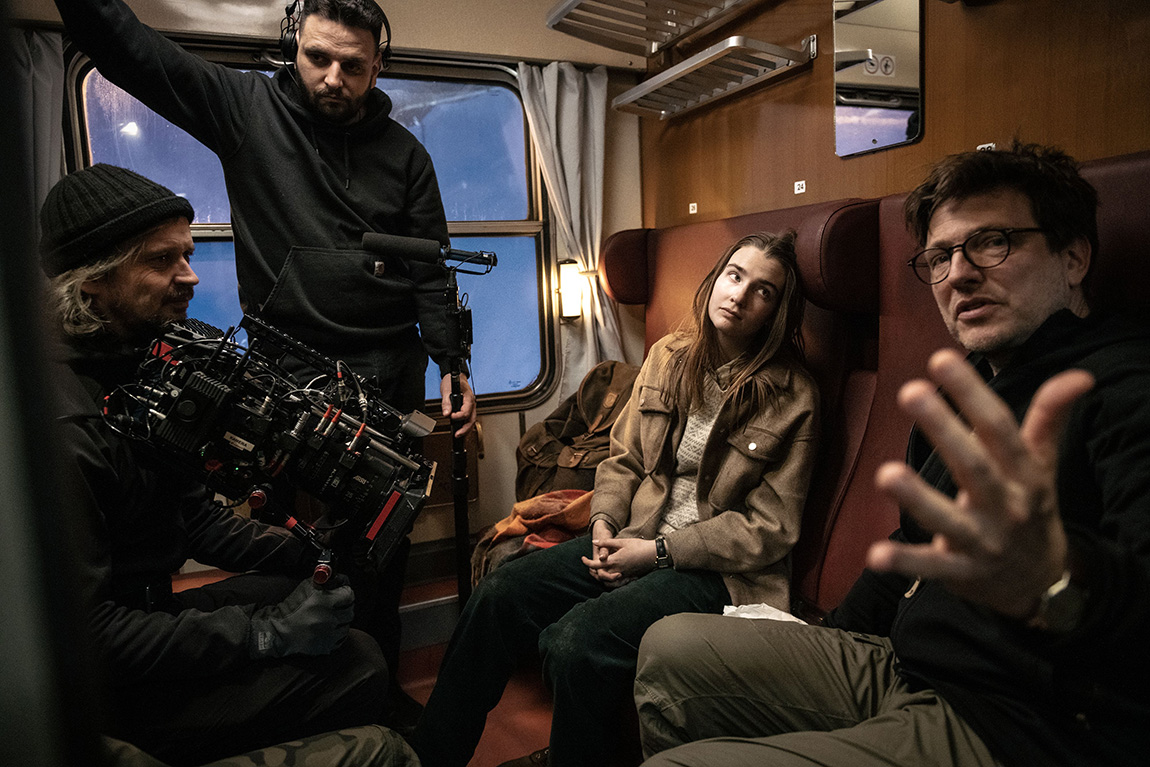
Filming started in August 2022 and spanned over 12 months. Photo: Julia Vrabelová, Zentropa TV 2
Familier som Vores premieres in Denmark on TV 2 Play and TV 2 on Sunday 20 October.
Subscribe to Our Newsletter
Receive our monthly newsletter by email

